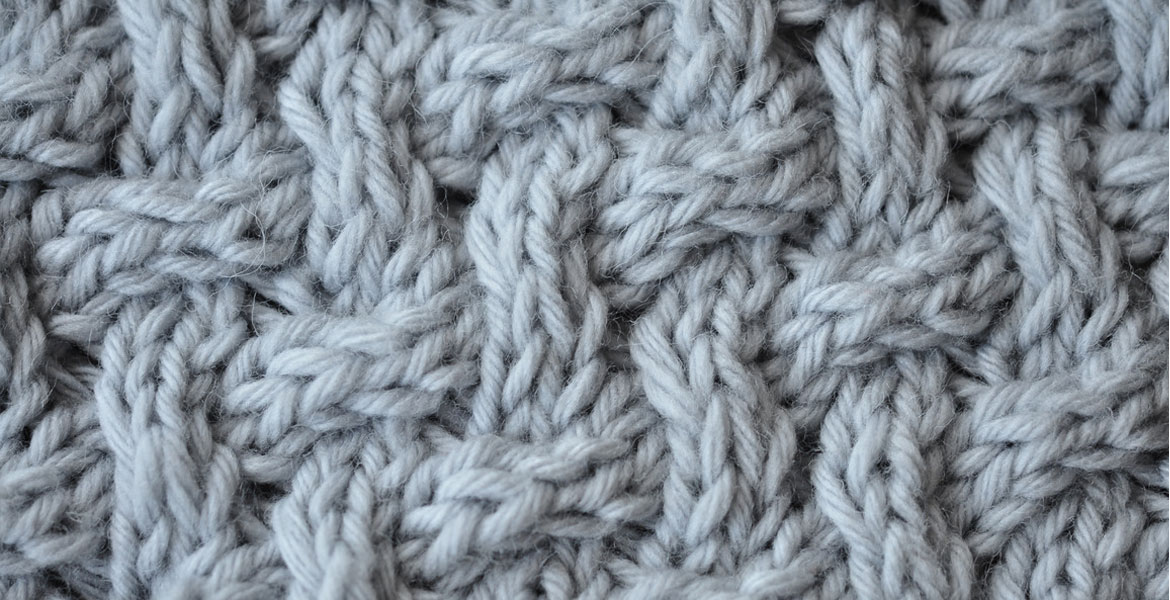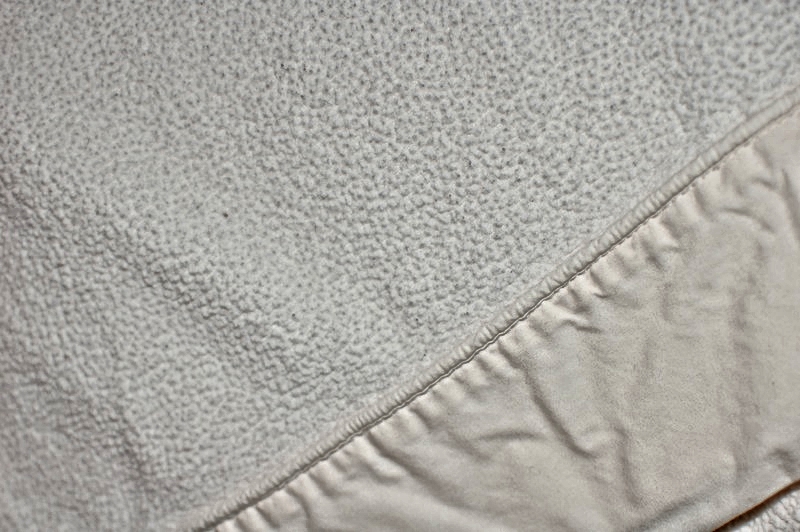| Cloth |
Description |
Woolen fabrics |
Woolen fabrics are very often used to make clothes, as they are particularly warm and comfortable. Most often, it is chosen for harsh climates, where high thermal insulation is the main rule for choosing clothes. But it is precisely because of the increased heat retention that such clothes are considered allergenic. The skin practically does not breathe, and may begin to sweat. Often, woolen things cause allergies on the back or chest. This can be both irritation and acne. Also, the allergy may not be to the fabric itself, but to the dyes that are often used to make clothes. In order to avoid allergies, in no case should you wear woolen things on your naked body. Be sure to put on light cotton T-shirts, vests, and the like. Only merino wool and everyone's favorite cashmere are considered hypoallergenic. |
Bamboo |
Bamboo is a synthetic fabric that perfectly absorbs moisture and is also elastic, so it retains its shape for a very long time. But despite this, bamboo fabric is considered one of the most allergenic. This is due to the fact that the composition may include such substances: sulfides, soda hydroxide and even sulfuric acid residues. Do not be fooled by the cheapness of bamboo clothing, you can earn big skin problems that will require complex treatment. |
Acetate |
Acetate is a fabric that is most often used to make linings for winter or demi-season clothing. It is not the main material for sewing. Acetate can be found as a lining for hats, outerwear, jackets, etc. Allergies most often occur because acetate absorbs moisture very poorly, while the level of thermal regulation is very low. Acetate is acceptable for winter clothing because you will not wear it on your bare skin. Otherwise, it is best to refuse such linings. Usually, after contact with the fabric, the skin begins to itch, irritations form on it. |
Polyester |
It should be noted that experts have not proven that polyester causes allergies. But the danger of polyester is that the material absorbs moisture and at the same time monomers (low-molecular substances that form a polymer) are formed. They, in turn, negatively affect not only the skin, but also the health in general. Another disadvantage of polyester is that the fabric is highly electrified. Due to this, wearing polyester clothes every day is very uncomfortable. |
Acrylic |
This is a synthetic fabric, which is also considered a strong allergen. This is due to the fact that the ventilation of the fabric is very poor, so the skin will not "breathe". Poor thermoregulation when wearing acrylic fabrics causes significant harm, and it is better not to choose things from this material as everyday clothing. The skin in such clothes begins to sweat heavily, causing discomfort, itching and irritation. |
Fleece |
This is a synthetic knitwear used to make warm winter or demi-season clothing. Fleece is made on the basis of polyester, which is why it can also cause allergies. It is best to refuse fleece also because the fabric is considered not very practical to use. It quickly wrinkles, it is quite difficult to wash. If you still choose fleece warm clothing, you must definitely wear things made of natural hypoallergenic fabrics. The fabric can cause irritation due to increased electrification, which will cause sweat. And it in turn - skin problems. |